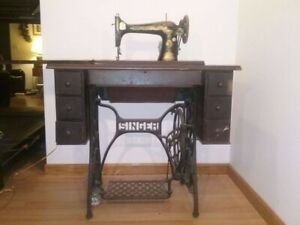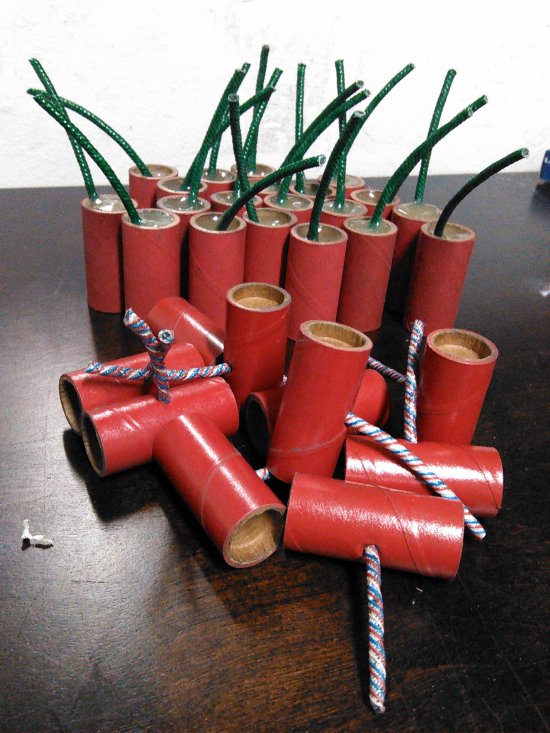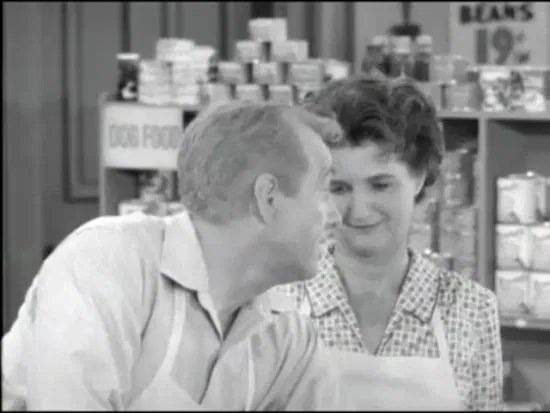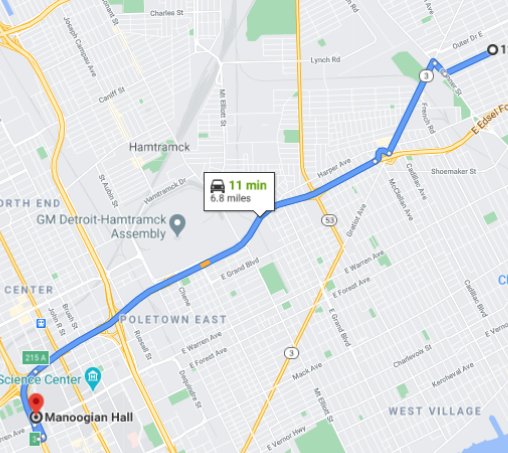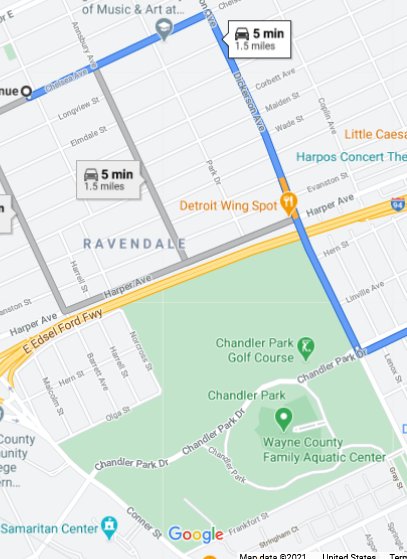Our own house! Continue reading
In 1977 anyone (well, there probably were restrictions by some landlords based on ethnicity) could rent a really nice house in Detroit for an incredibly small amount of money. White people were abandoning houses that they cold not sell and moving to the suburbs in droves. We found a really nice house not too far from my new employer, Wayne State University, and not too far from Sue’s employer, Brothers Specifications.

I do not remember how we got all of our stuff to our new house. Presumably we rented a truck again. The most onerous task was the disassembling and reassembling of the barnboard shelves. We had added very little by way of furniture in the nearly three years that we lived in Plymouth.
This house also came with appliances, but like the apartment in Plymouth it did not have a cast-iron treadle-driven Singer sewing machine. Fortunately, Sue still had the one that we brought from Connecticut. The pets, of course, came in our cars.
The house at 12139 Chelsea was all that we could ask for. It had a living room, a dining room, a kitchen, two bedrooms (one we eventually converted into an office), a bathroom,and a full basement with a very large U-shaped bar. We acquired some second-hand bar stools and a couch or two for that last area.
And we only had to pay $125 per month!
The house had four things that we had never had to deal with before:
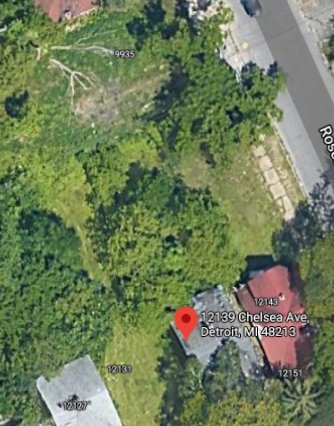
- A yard. It was not a huge yard, but the grass (or, more likely, weeds) needed mowing every couple of weeks. I bought a cheap power lawnmower. I don’t even think that it was self-propelled.
- An alley in the back. Detroit’s housing areas were, in large part laid out in grids. Many streets, like Chelsea, were long and straight. Between two parallel streets, in our case Chelsea and Wilshire, ran a one-lane unpaved alley.
- A dilapidated wooden garage that faced the alley. Most houses had them, but no one used them to house the cars or anything else of appreciable value. Parking was free on the street.
- A yellow steel dumpster in the alley near the garage. It was about four feet wide, four feet tall, and three feet wide, which was more than enough for us. The lid was made of rubber or rubbery plastic.
The city had distributed the shiny new dumpsters to the residents free of charge. Their purpose was to facilitate for the garbage men the weekly collection of refuse. Just as importantly, unlike cheap plastic garbage cans the new dumpsters were 100% rat-proof! Detroit had had a serious rat problem in the early seventies, but the new dumpsters promised to cut the rodents off from their main source of food—human garbage.
Unfortunately, the new dumpsters proved to be very tempting targets for youngsters with M-80’s. The reverberation in the steel container amplified the sound of the explosion, and the sight of the plastic lids being blow off their hinges was very satisfying. Soon, most of the dumpsters were lidless, and it was business as usual for the rat community. The dumpsters probably did make it a little easier for the garbage collectors.
We had to adjust to a few things in our new location. There was a small market only a block away on Roseberry Avenue. It reminded me of the one run by Dobie Gillis’s father, Herbert. It was very convenient if we needed to pick up something for supper. However, more substantial grocery shopping was a problem. The local stores had armed guards near the front door, and, to be honest, I sometimes wondered what these guys did when they were not on duty. Moreover, the selection at them was not very good. We usually drove about twenty miles to a supermarket on the eastern edge of the city.
Our neighborhood was more than tolerable when we moved in. When we moved in there was, as I remember, one house that was boarded up on our block of Chelsea, but it was way on the other end of the street. Our neighbors—about evenly split between Black and white—all seemed pretty nice. Across the street from us were were a retired auto worker and his two sisters living next to a very nice Black family.
My commute to Wayne State was not too bad. I could either take the Ford Freeway or just take Warren all the way. The problem with the Ford Freeway was that the entrance ramps were too short. During the rush hour just getting onto the highway could be frustrating and dangerous. Parking was, of course, an issue. When I arrived early enough I could usually find a spot on a side street within a few blocks of Manoogian.
Sue’s commute to work was much easier than her previous drive from Plymouth.
The best thing about Detroit was the selection of restaurants. Entire sections of town were devoted to different types of cuisine, and the food in the restaurants there was exceptional. We frequented restaurants in Mexican Village and Greektown. On Gratiot, not far from our house, was a small restaurant that offered freshly cooked roasts (ham, pork, beef, chicken, turkey) that were sliced to-order. It also had a wide selection of fresh (or at least freshish) vegetables. It was very much like a home-cooked meal without the time or effort.
Some things about Detroit definitely gave us pause. A fair number of commercial properties—including the only nearby hotel—were fenced in, and the fences were topped with piano wire. Cashiers at many stores were separated from customers by bullet-proof glass. Customers put their money in a tray or slot at the base of the glass.
A welcome respite from the life of the city was, fortunately, nearby. I kept up my jogging throughout my time in Detrot, and one of my favorite places was Chandler Park, about a mile south of our house.
I once made the mistake of trying to reduce the wear and tear on my joints by running on the grass in the park. I stepped in a hole and twisted my ankle badly. I had a long limp back home that day.

